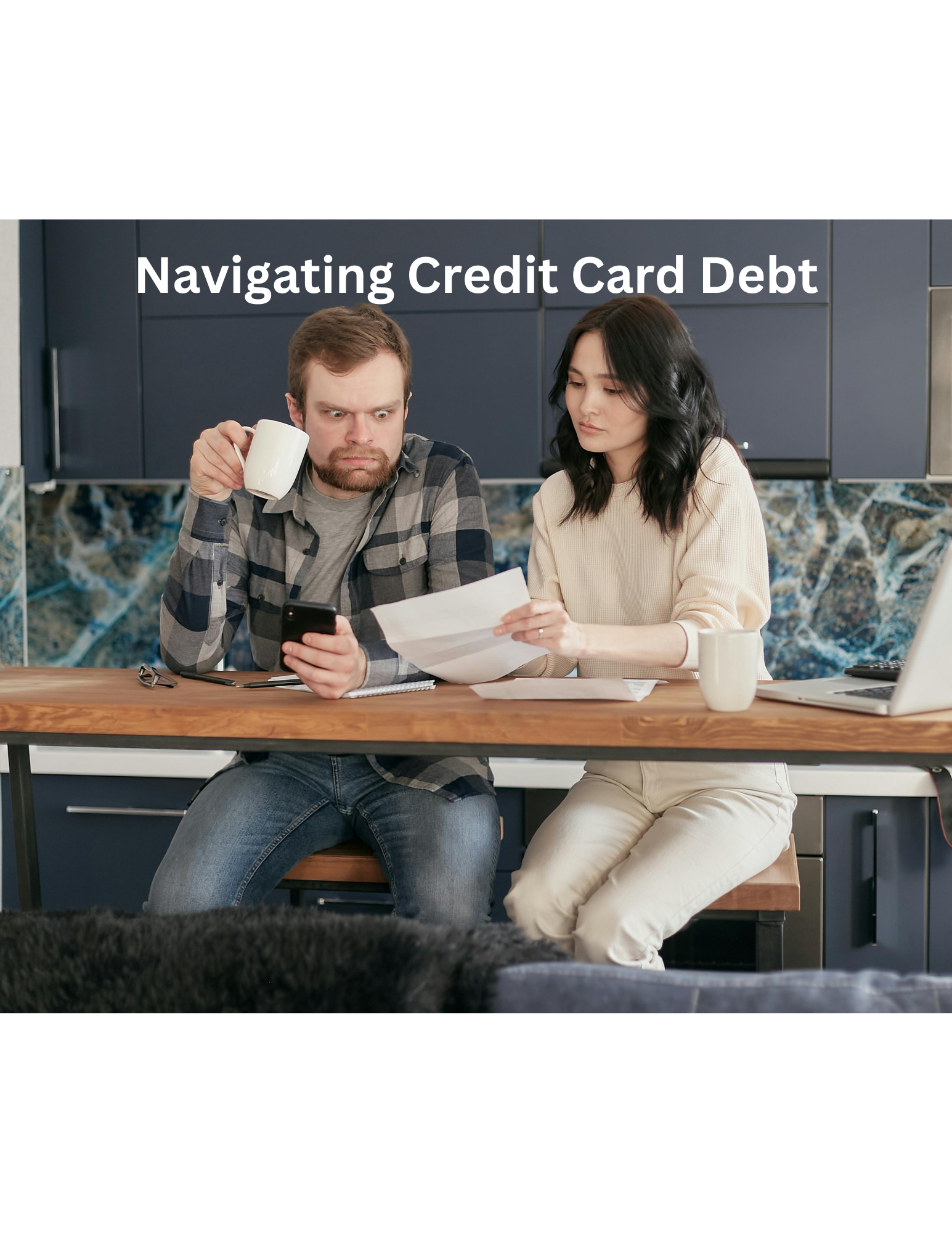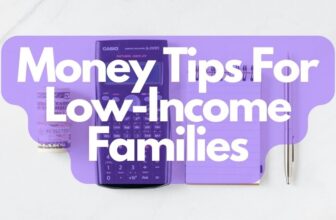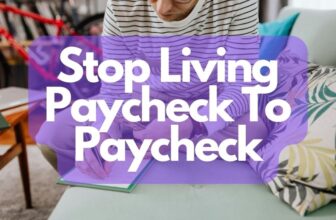
Credit card debt can feel overwhelming, but with the right strategies and determination, you can conquer it. This guide provides a step-by-step plan to help you pay off your credit card debt and achieve financial freedom.
Read also: Tips to Keep Your Budget in Check
Step 1: Take Inventory of Your Debt
Start by listing all your credit card debts, including:
- Total balance owed
- Interest rate (APR)
- Minimum monthly payment
This gives you a clear picture of your debt, much like drawing a map before starting a journey.
Step 2: Craft a Budget That Works
Budgeting is about creating a spending plan that aligns with your goals. Track your income and expenses for a month. Categorize your expenses into essentials (housing, utilities, groceries) and non-essentials (eating out, entertainment, shopping). This helps identify areas to cut back and redirect funds toward debt repayment.
Step 3: Select Your Debt Repayment Strategy
Choosing the right strategy is crucial. The two most effective methods are:
- Debt Snowball Method: Pay off the smallest debt first while making minimum payments on others. This method offers quick wins that can keep you motivated.
- Debt Avalanche Method: Pay off the highest interest rate debt first. This saves more money on interest over time.
Pick the method that suits your personality and goals.

Step 4: Consider Debt Consolidation Options
Debt consolidation can simplify payments and reduce interest rates. Options include:
- Balance Transfer Credit Card: Transfer balances to a card with a lower or 0% introductory rate.
- Personal Loan: Secure a loan with a lower interest rate to pay off credit cards.
- Home Equity Loan or Line of Credit: Use your home’s equity for a lower-interest loan (be cautious as your home is collateral).
Step 5: Negotiate with Creditors
Contact your credit card companies and ask for lower interest rates or better repayment terms. Be honest about your situation and explain why you need the adjustment.
Step 6: Boost Your Income
Increasing your income can help speed up debt repayment. Consider:
- Side Hustles: Freelance work, part-time jobs, or gig economy opportunities.
- Sell Unused Items: Declutter and sell items you no longer need.
- Ask for a Raise: If you’re doing well at your job, prepare a strong case and request a raise.
Step 7: Trim Your Expenses
Cutting back on expenses frees up money for debt repayment. Tips include:
- Cancel Unused Subscriptions: Evaluate and cancel subscriptions and memberships you don’t use.
- Cook at Home: Eating out less and cooking more can save a lot.
- Smart Shopping: Use coupons, buy in bulk, and opt for generic brands.
- Energy Efficiency: Reduce utility bills by turning off lights, unplugging electronics, and using energy-efficient appliances.
Step 8: Use Windfalls Wisely
If you receive a windfall, such as a tax refund or bonus, use it to pay down your credit card debt. It’s tempting to splurge, but using these funds for debt repayment will benefit you more in the long run.
Step 9: Avoid New Debt
While paying off your existing debt, avoid accumulating more:
- Stop Using Credit Cards: Switch to cash or debit.
- Build an Emergency Fund: Save at least $1,000 for unexpected expenses.
- Stick to Your Budget: Keep your budget up to date and adhere to it.

Step 10: Seek Professional Help
If you’re overwhelmed, consider a credit counseling agency. They can provide advice, create a debt management plan, and negotiate with creditors. Look for a reputable, non-profit agency accredited by the National Foundation for Credit Counseling (NFCC).
Step 11: Celebrate Milestones
Celebrate your progress. Paying off a credit card or significantly reducing your debt are achievements worth acknowledging. Use a debt tracking app or a spreadsheet to visualize your progress and stay motivated.
Step 12: Learn and Adapt
Reflect on how you accumulated the debt and what changes you can make to avoid it in the future. Develop better financial habits, such as budgeting, saving, and spending wisely, to maintain financial stability.
Conclusion
Paying off credit card debt is challenging but rewarding. By understanding your debt, crafting a budget, choosing the right repayment strategy, and making smart financial choices, you can achieve financial freedom. Stay committed, seek help if needed, and celebrate your successes along the way. With determination and discipline, financial freedom is within your reach.






